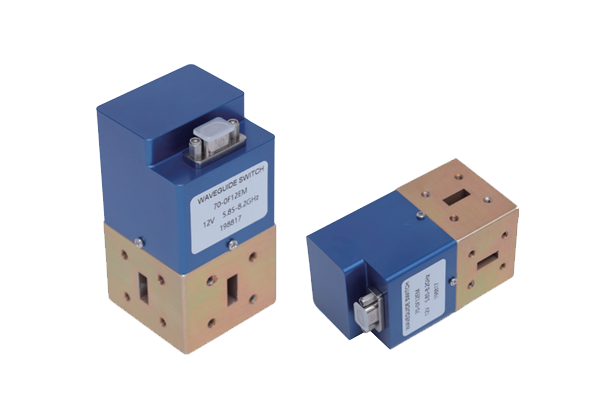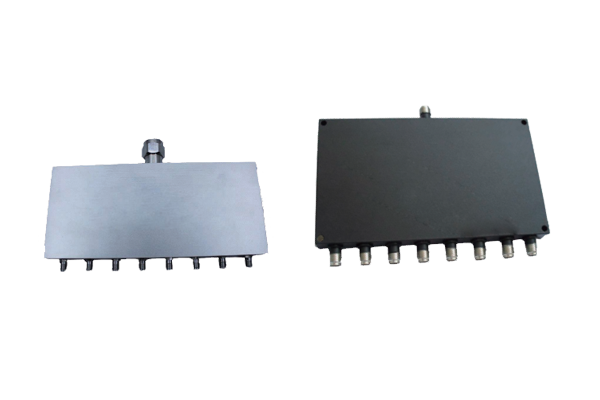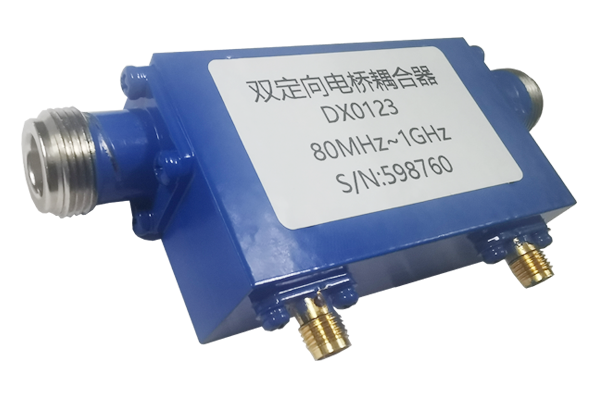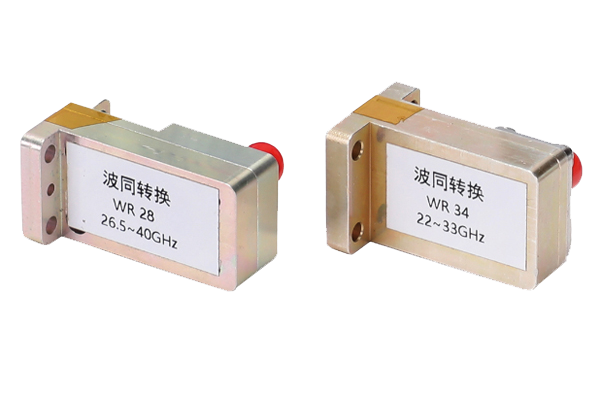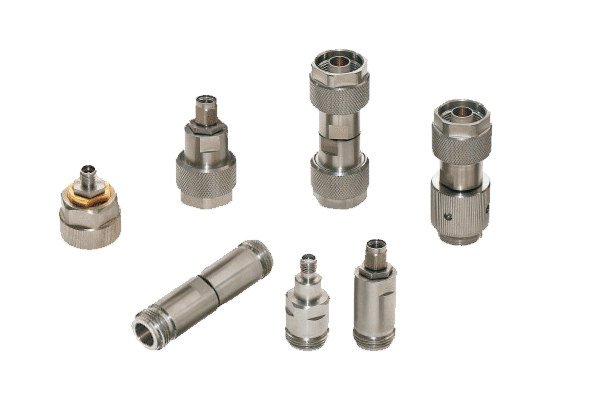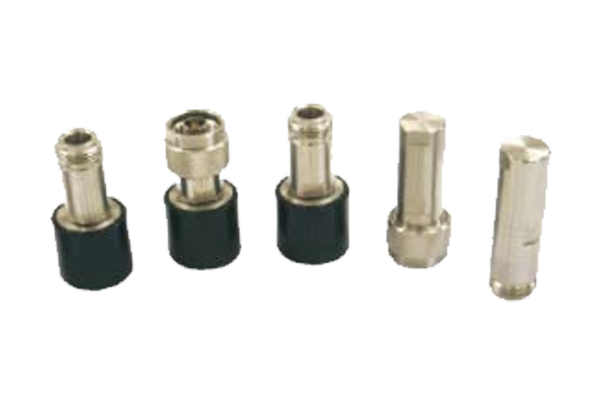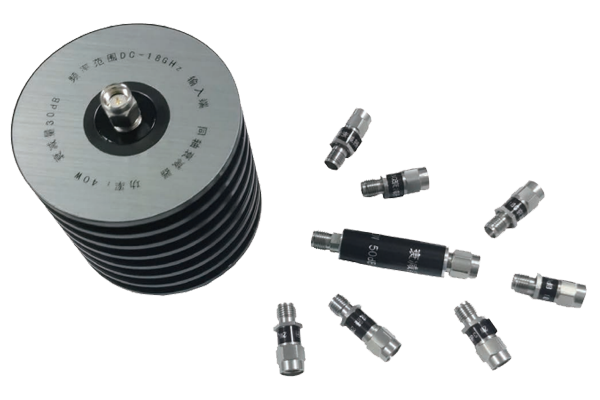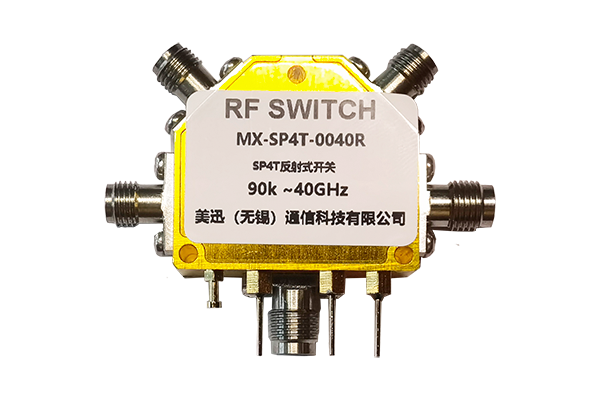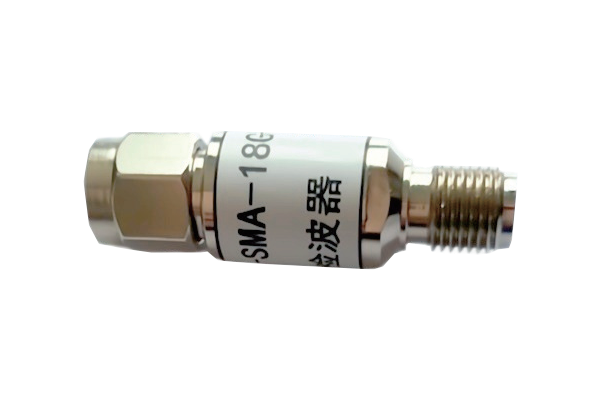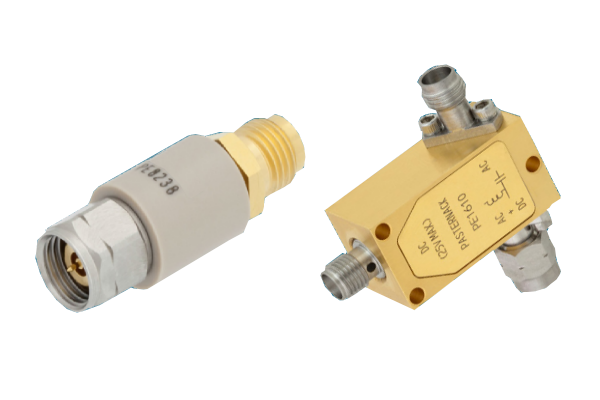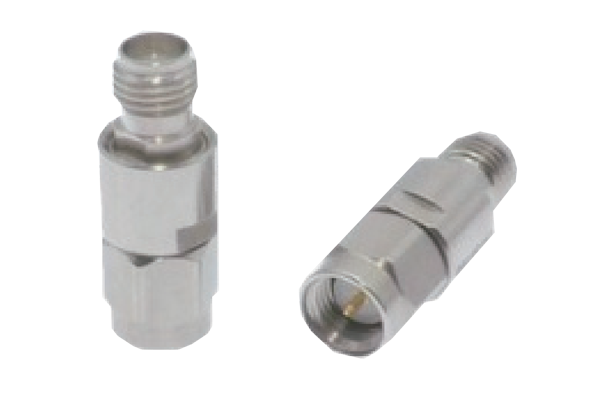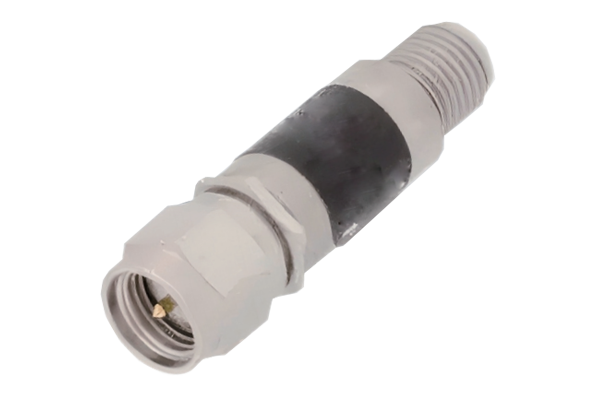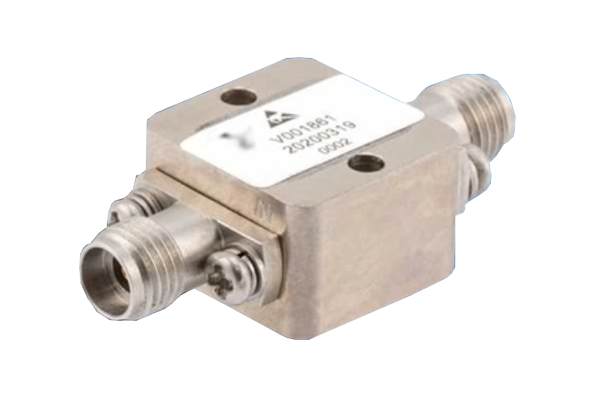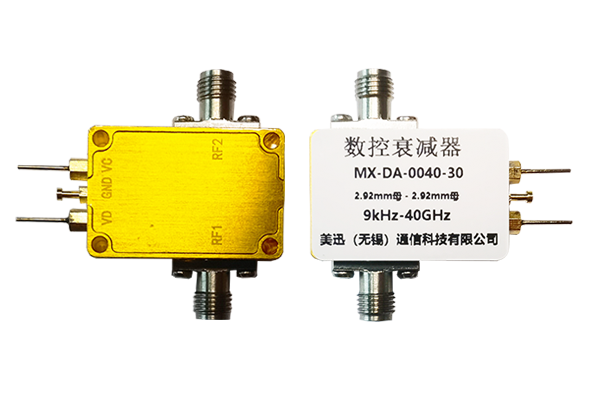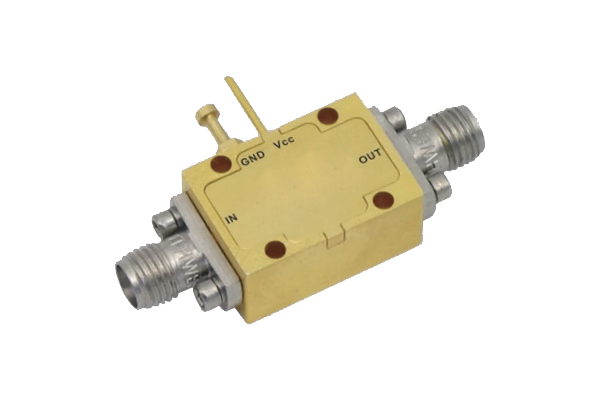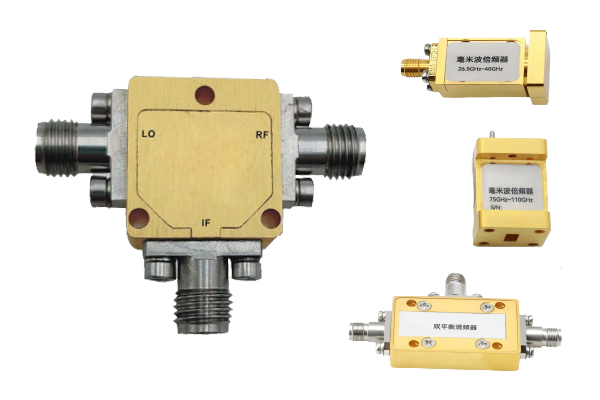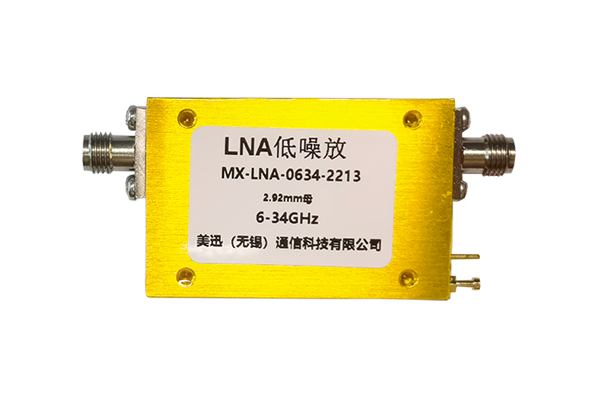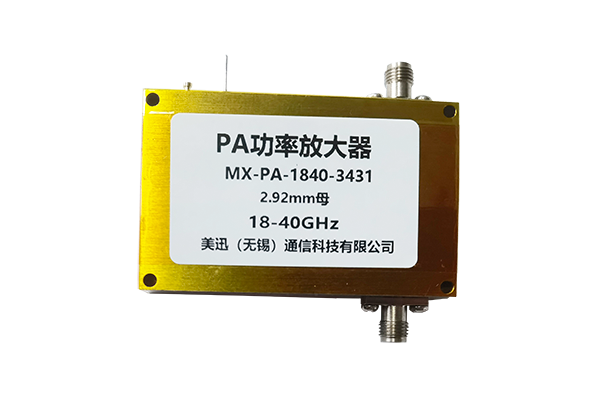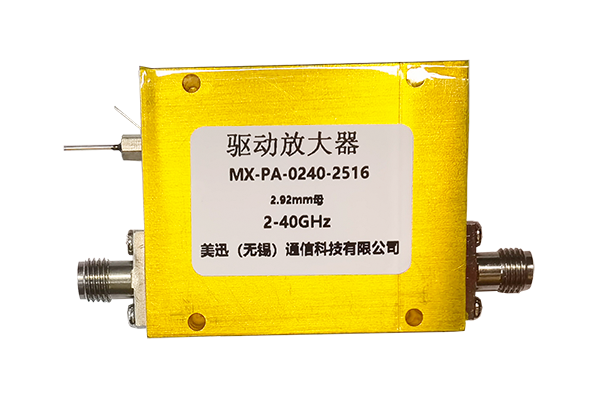How to Troubleshoot Common Issues in Power Amplifiers
Power Amplifier Troubleshooting Guide
To troubleshoot common issues in power amplifiers, follow a systematic approach to identify and resolve problems efficiently. Here's a step-by-step guide:
1. No Output or Weak Signal
- Check Power Supply: Verify the amplifier is properly plugged in and the power switch is on. Measure voltage inputs with a multimeter to ensure the power supply delivers the rated voltage (e.g., blown fuses or loose connections may cause outages).
- Inspect Input/Output Connections: Loose cables, damaged jacks, or faulty connectors can disrupt signal flow. Replace or re-solder connections if necessary.
- Test with a Known Signal Source: Use a function generator or another reliable audio source to rule out issues with the input device.
2. Distorted or Noisy Output
- Check for Overloading: Excessive input levels or mismatched load impedance (e.g., connecting a 4Ω speaker to an amplifier rated for 8Ω) can cause clipping. Reduce input gain or ensure load compatibility.
- Identify Ground Loops: Hum or buzz may stem from ground loops. Use a ground lift adapter or reroute cables to separate audio and power wiring.
- Inspect Capacitors and Transistors: Swollen or leaking capacitors, or burnt transistors, can introduce noise. Replace faulty components after confirming with a multimeter.
3. Overheating or Shutdown
- Check Cooling Systems: Dust accumulation in fans or heat sinks reduces airflow. Clean debris and ensure fans spin freely.
- Evaluate Load and Duty Cycle: Running the amplifier at maximum power for extended periods or with an impedance mismatch causes overheating. Reduce power output or allow cooling downtime.
- Test Thermal Protection Circuits: Some amplifiers shut down to prevent damage. Verify the thermal sensor and reset the unit after cooling.
4. Intermittent Operation
- Solder Joint Inspection: Cold solder joints or cracked PCBs can cause sporadic failures. Re-flow solder on suspect joints (e.g., around transformers or input stages).
- Component Aging: Electrolytic capacitors lose capacitance over time, leading to instability. Replace aging components as a preventive measure.
5. Safety and Protection
- Avoid Live Testing: Unplug the amplifier before inspecting internal components to prevent electric shock.
- Use Fuse Ratings: Replace fuses with the same amperage; higher ratings risk damage to circuitry.
Key Tools & Tips
- Multimeter for voltage, resistance, and continuity tests.
- Oscilloscope to visualize signal waveforms for distortion analysis.
- Manufacturer's service manual for component layouts and troubleshooting flowcharts.
By addressing these common pitfalls methodically, you can resolve most amplifier issues without specialized expertise. For complex failures (e.g., IC chip malfunctions), consult a professional technician.




